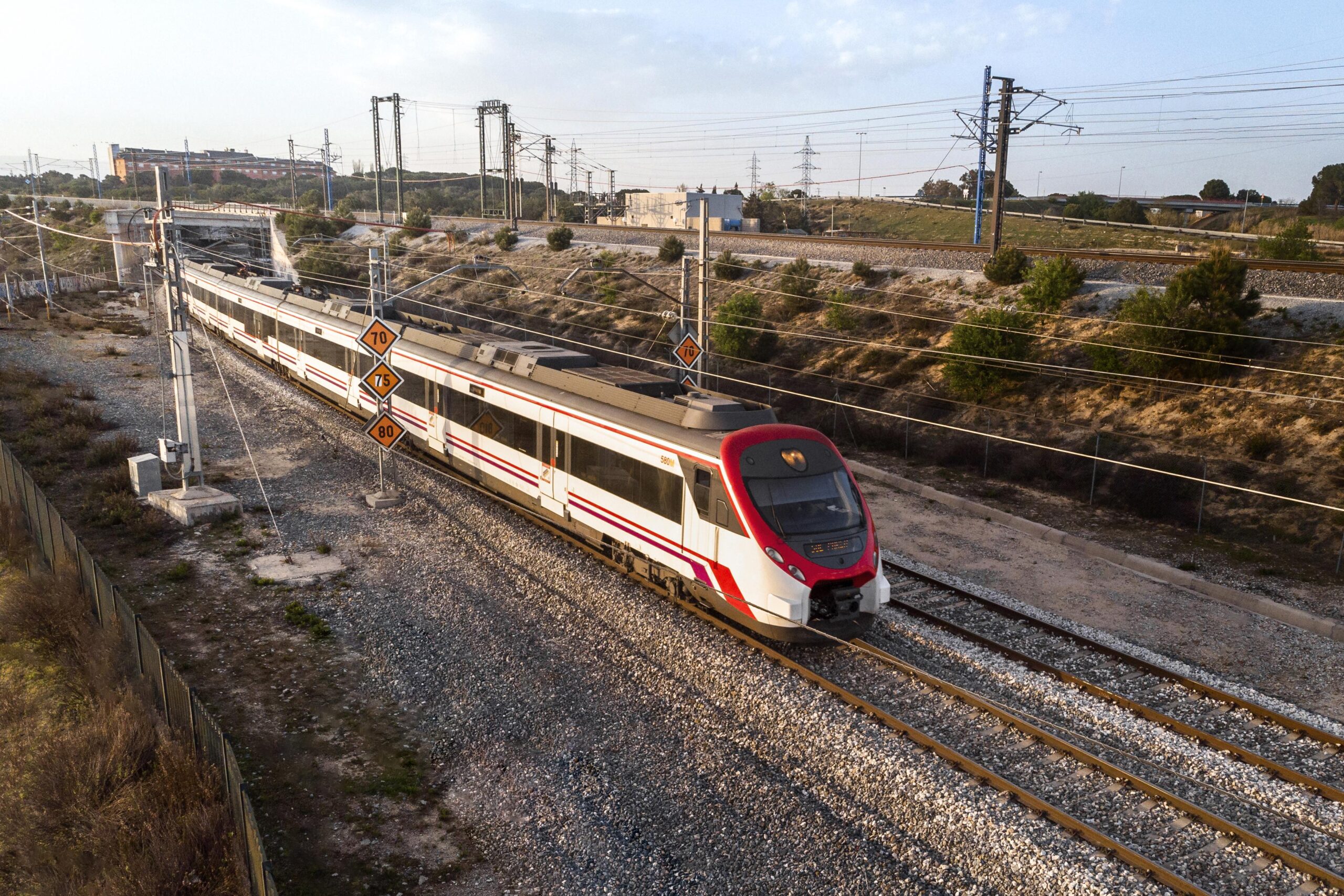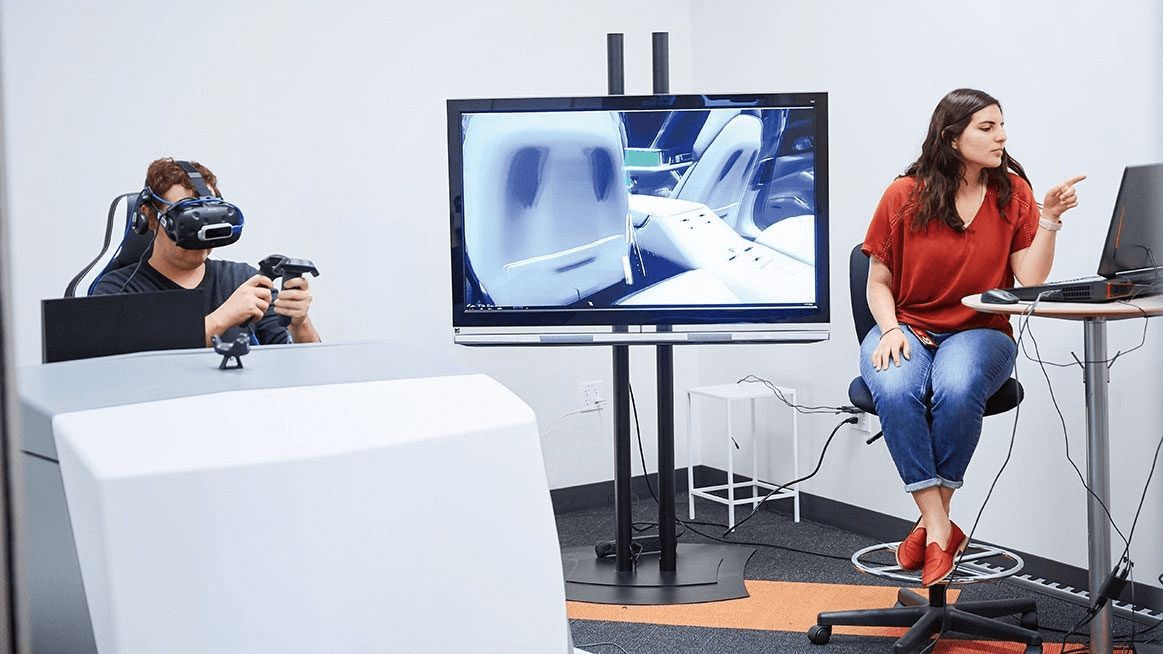Train transportation and virtual reality
Inspiration from Spain, for example for Czech Railways
ADIF, the Spanish public transport operator, is a state organization managing the national railway network in Spain. And it is this company, the equivalent of our Czech Railways, that has chosen Virtualware to create a new generation of virtual reality training simulators for railway infrastructure, construction and maintenance.
ADIF is committed to innovating and improving its training processes, and is investing almost a million euros in transforming its simulation modules. It uses virtual reality technology as a basis for setting new standards in the training program for its employees. The company also decided to build a 250 m2 training room in Valencia, just for virtual reality simulations. It will be a state-of-the-art center for leading and improving training processes in realistic absorbing environments (virtual and augmented reality) for a larger number of users.
ADIF, the infrastructure manager, is a state-owned company under the Ministry of Transport and Urban Affairs. Their mission is to expand the Spanish railway system through the development and management of a safe, efficient and sustainable infrastructure, according to the highest environmental quality standards. ADIF is guided by the idea of social responsibility and public commitment.
This huge innovation in the state sphere of Spain immediately led us to the question of when such innovations will be introduced in our country, the Czech Republic. Our national carrier deserves more prestige than it currently has. The use of modern technologies for operation, training, education, health and safety, etc., could restore that lost prestige.
Article source here.



